Sessions have traditionally been organised around three components: warm-up , main part and cool-down . Logically, the main part is the one that has received the most attention from trainers, since it is where they try to achieve the maximum impact on their clients' objectives.
In recent years, with the popularization of high-intensity techniques and functional circuit training , warming up is gaining greater importance not as a secondary part, but as a training content that allows us to achieve two fundamental objectives (Fradkin et al., 2010):
a) Improve performance during the rest of the session.
b) Prevent injuries associated with high intensity techniques.
There are hundreds of possible combinations and strategies that can be implemented during warm-up, and in this blog aimed at trainers we would like to explain what ingredients experts recommend to structure a preparation of our main part where we can get the most out of our time.
A neuromuscular warm-up , for a functional or crossfit type training session, could have the following contents (Bien, 2011; Herman et al., 2012)
1- Core and central stability exercises, preferably with neutral spine positions (e.g. front and side planks, glute bridges, pallof press).
2- Strength and strength endurance with analytical exercises, focusing on the muscle groups or joints that are most likely to be injured during the main activity (e.g. shoulder rotator exercises if you are going to do a lot of presses or dips on the floor, hamstring exercises if you have to sprint).
3- Dynamic balance (e.g. combinations of single-pod proposals, or movements where the base of support is challenged, such as walking with raised knees, or using an unstable surface).
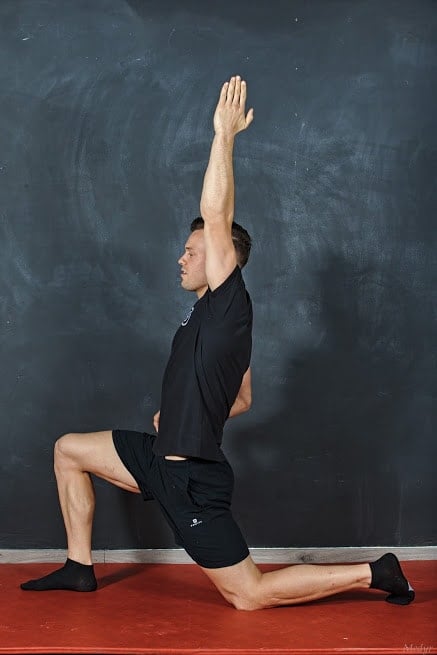
4- Plyometrics and agility. Especially when it comes to performing an activity that involves changes in pace or multidirectional movements.
5- Dynamic flexibility. Active stretching exercises with isometric activations and movements are much more effective than passive stretching to improve range of motion and maintain muscle strength (e.g. variations of the classic yoga Sun Salutation).
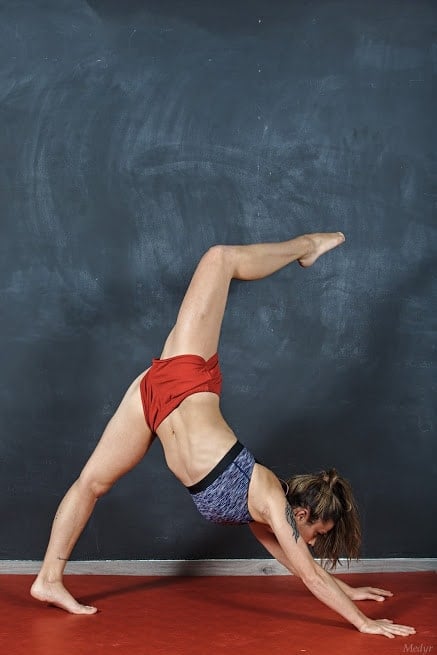
Well, DP (2011). Rationale and implementation of anterior cruciate ligament injury prevention warm-up programs in female athletes. The Journal of Strength & Conditioning Research, 25(1), 271-285.
Fradkin, A.J., Zazryn, TR., & Smoliga, J.M. (2010). Effects of warming-up on physical performance: a systematic review with meta-analysis. The Journal of Strength & Conditioning Research, 24(1), 140-148.
Herman, K., Barton, C., Malliaras, P., & Morrissey, D. (2012). The effectiveness of neuromuscular warm-up strategies, that require no additional equipment, for preventing lower limb injuries during sports participation: a systematic review. BMC medicine, 10(1), 75.
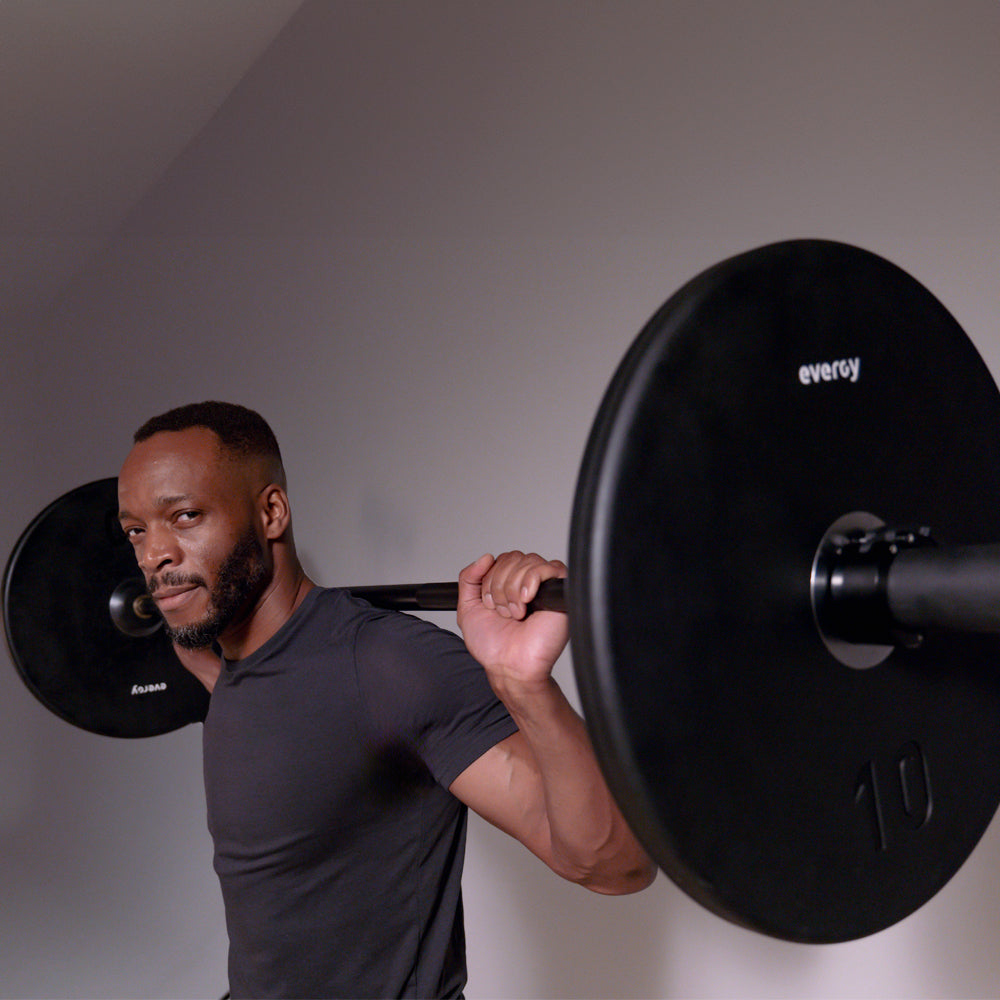
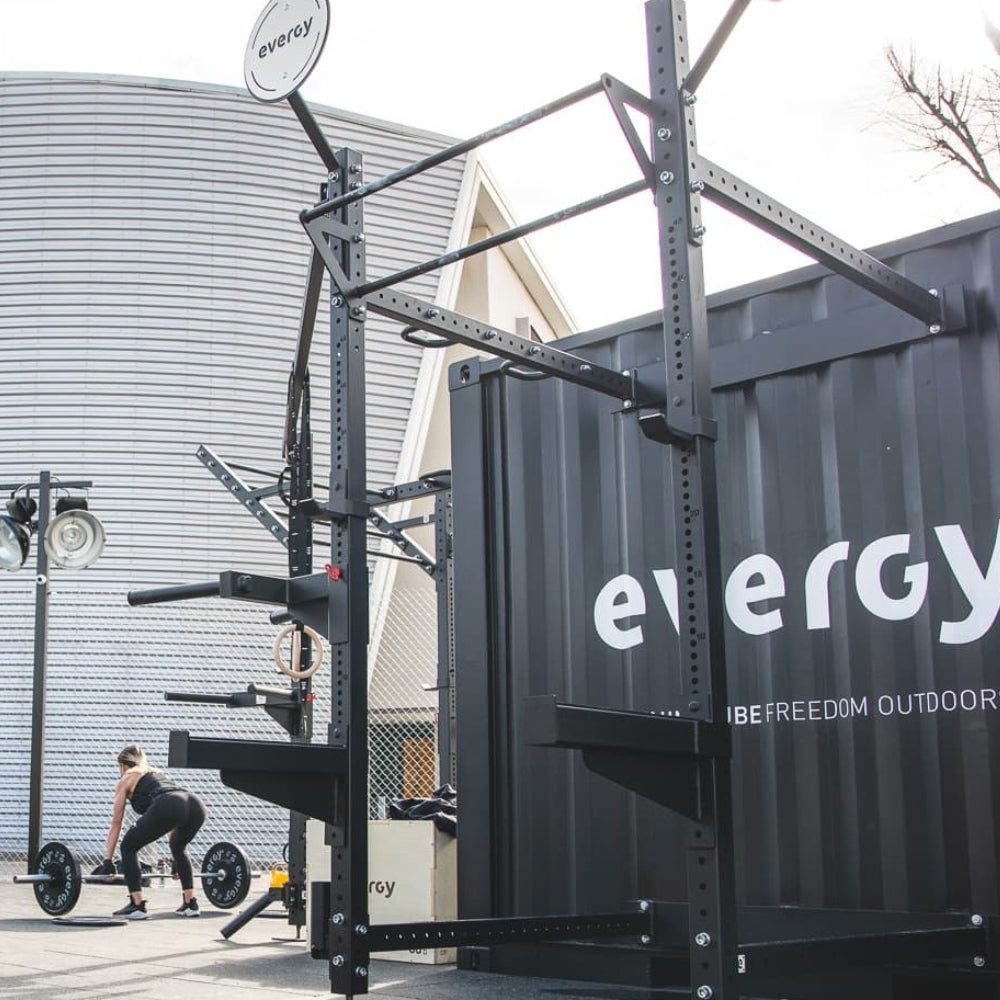
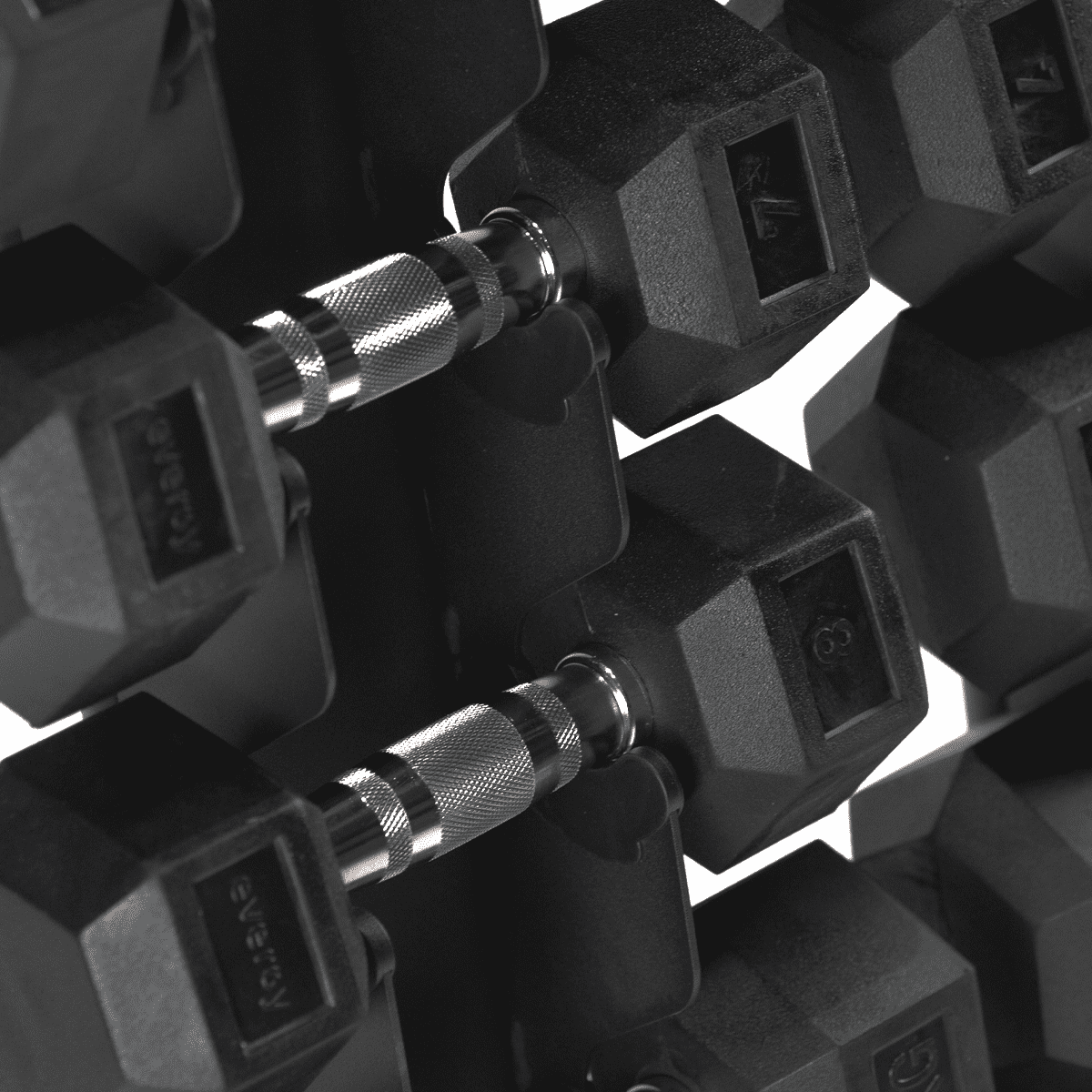
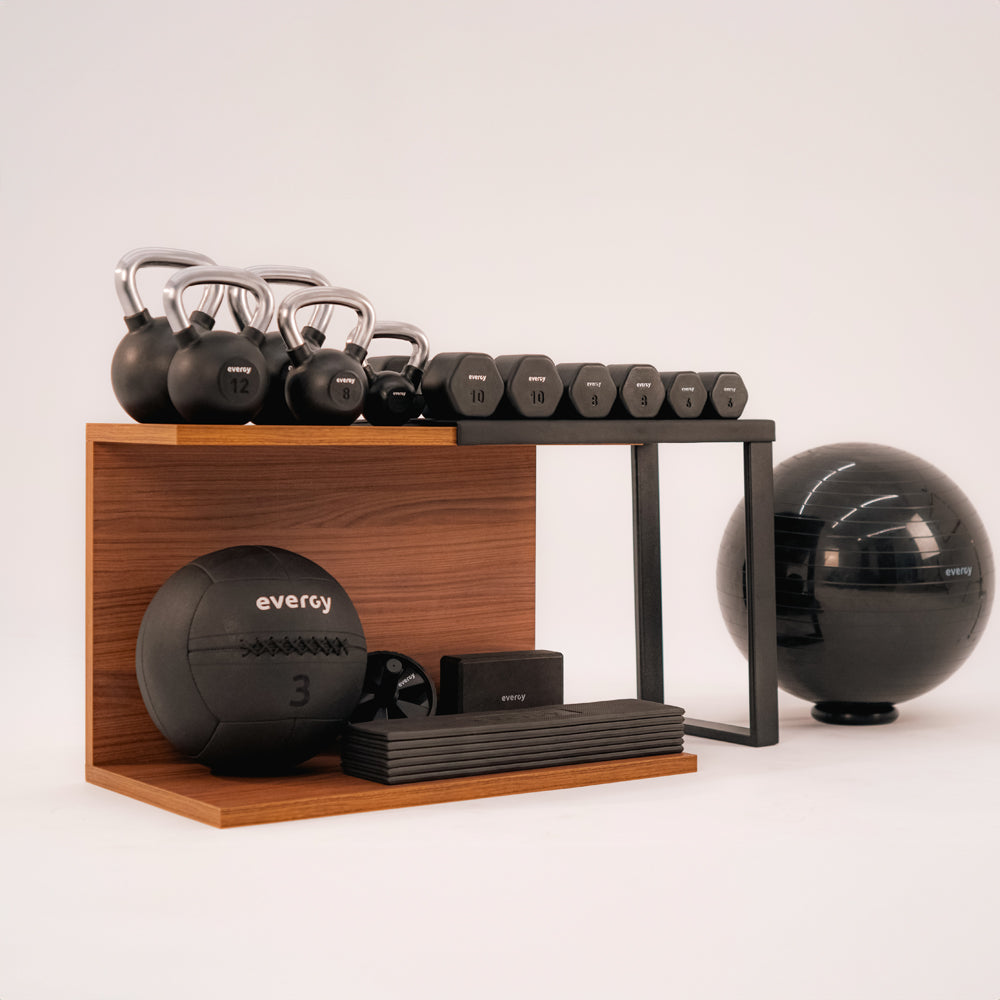

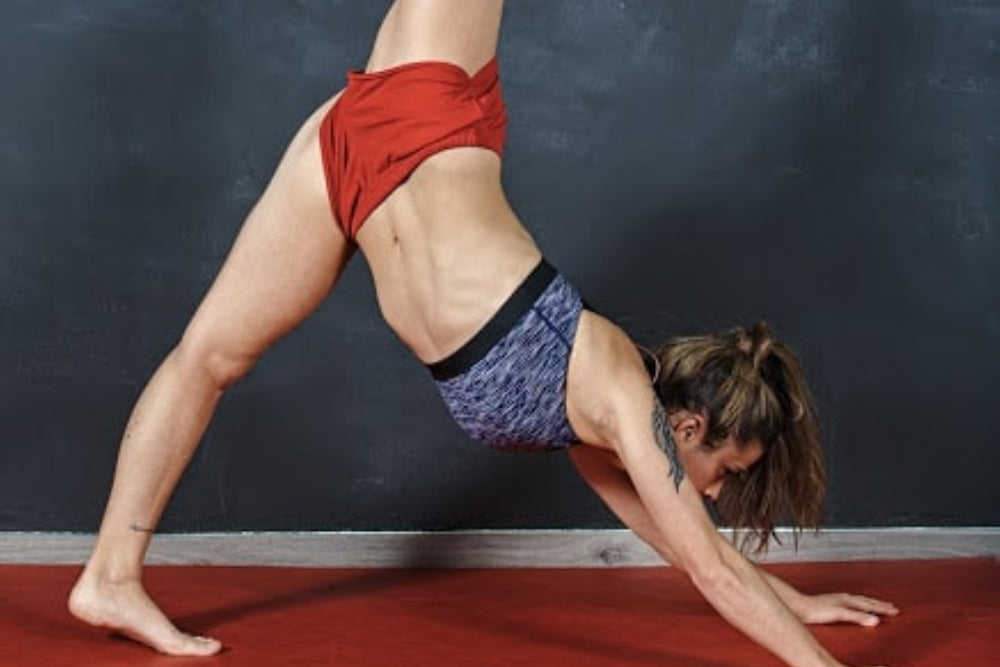

Leave a comment
All comments are moderated before being published.
This site is protected by hCaptcha and the hCaptcha Privacy Policy and Terms of Service apply.